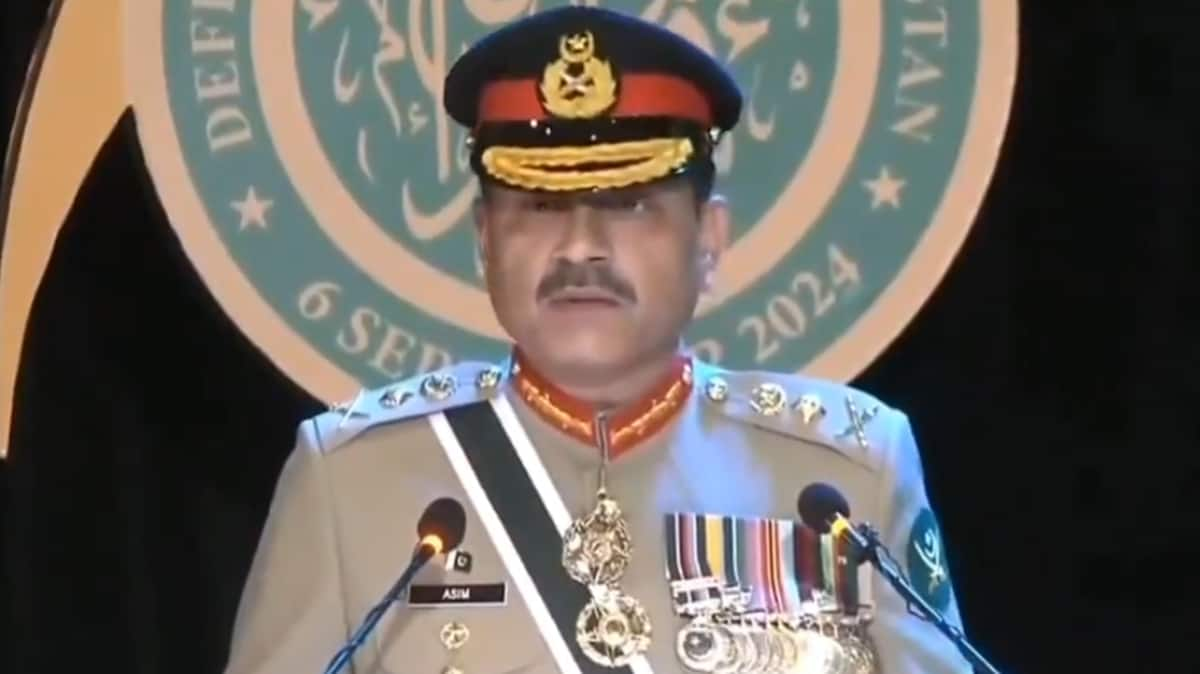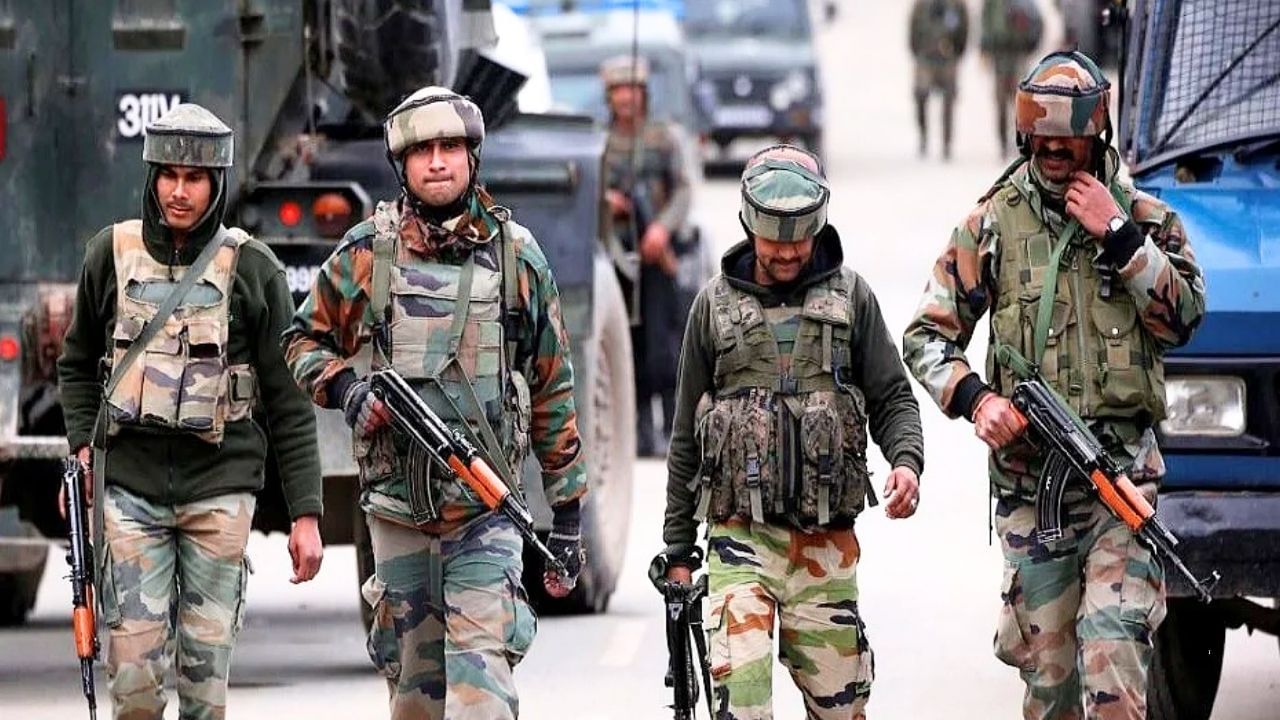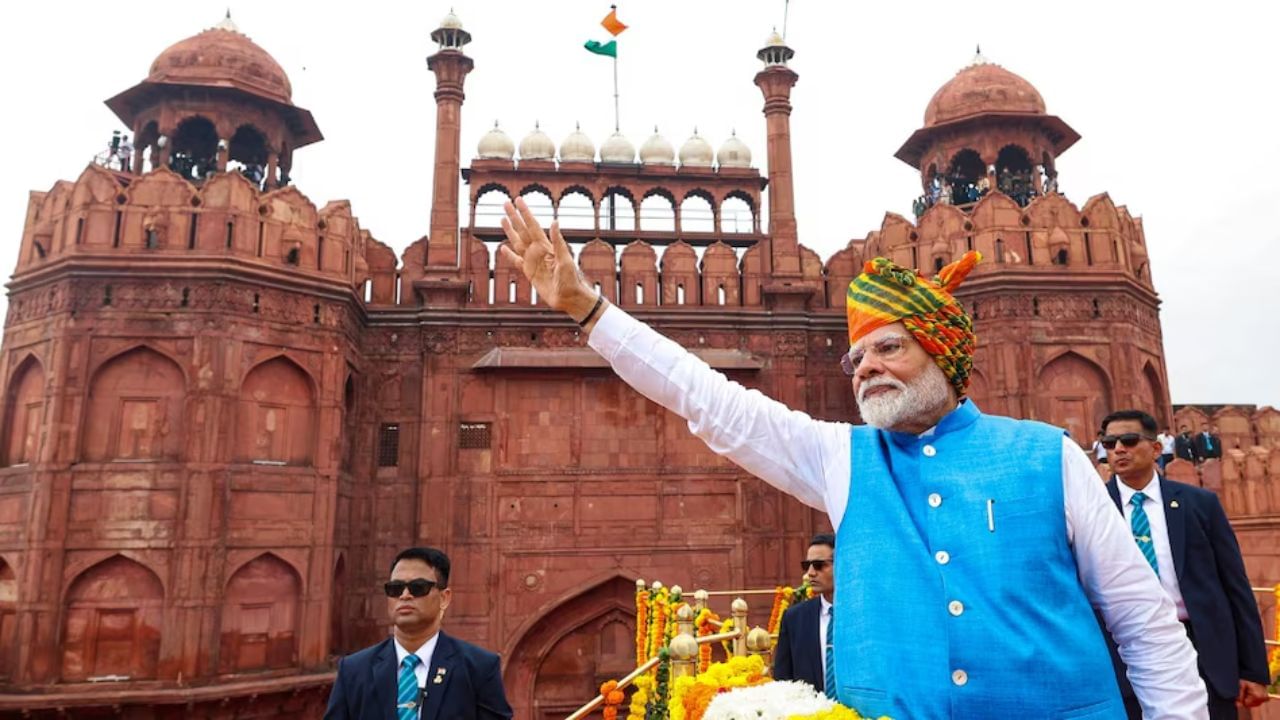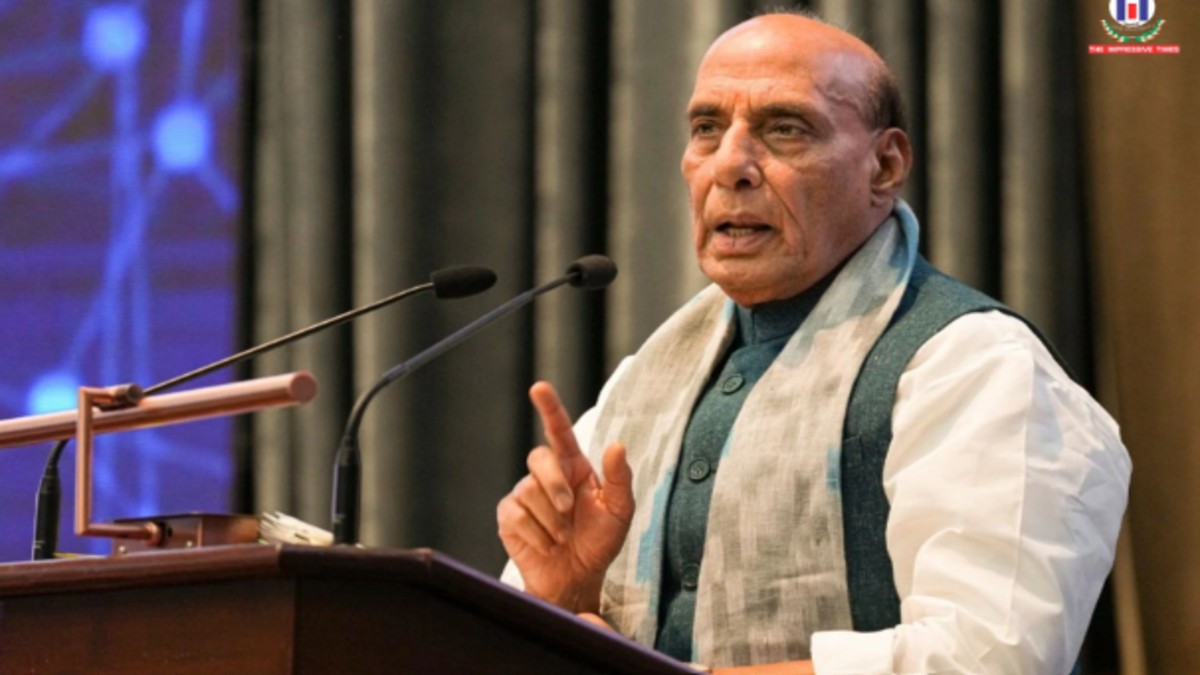Subscribe to Updates
Get the latest creative news from FooBar about art, design and business.
Browsing: armed forces
TPCR 2025: Ministry of Defence Releases Roadmap Detailing Military Needs for the Next 15 Years
Amidst escalating global challenges and fluctuating relations with neighboring countries, India is focused on fortifying its military capabilities. The Ministry of Defence…
The Uttarakhand government, under Chief Minister Pushkar Singh Dhami, has implemented a series of measures to honor and support the state’s armed…
India to Celebrate 79th Independence Day, Prime Minister Modi to Address Nation from Red Fort
India is gearing up to celebrate its 79th Independence Day on August 15, 2025. The nation and the world will be focused…
The navies of India and Pakistan will be conducting separate naval exercises in the Arabian Sea, commencing on August 11. Indian Navy…
In a significant move towards modernizing the Armed Forces, Defence Minister Rajnath Singh has authorized the Chief of Defence Staff (CDS) and…
Iran’s Supreme Leader, Ayatollah Ali Khamenei, announced on Saturday that Iran’s armed forces are ready to face Israel. Khamenei stated that all…









